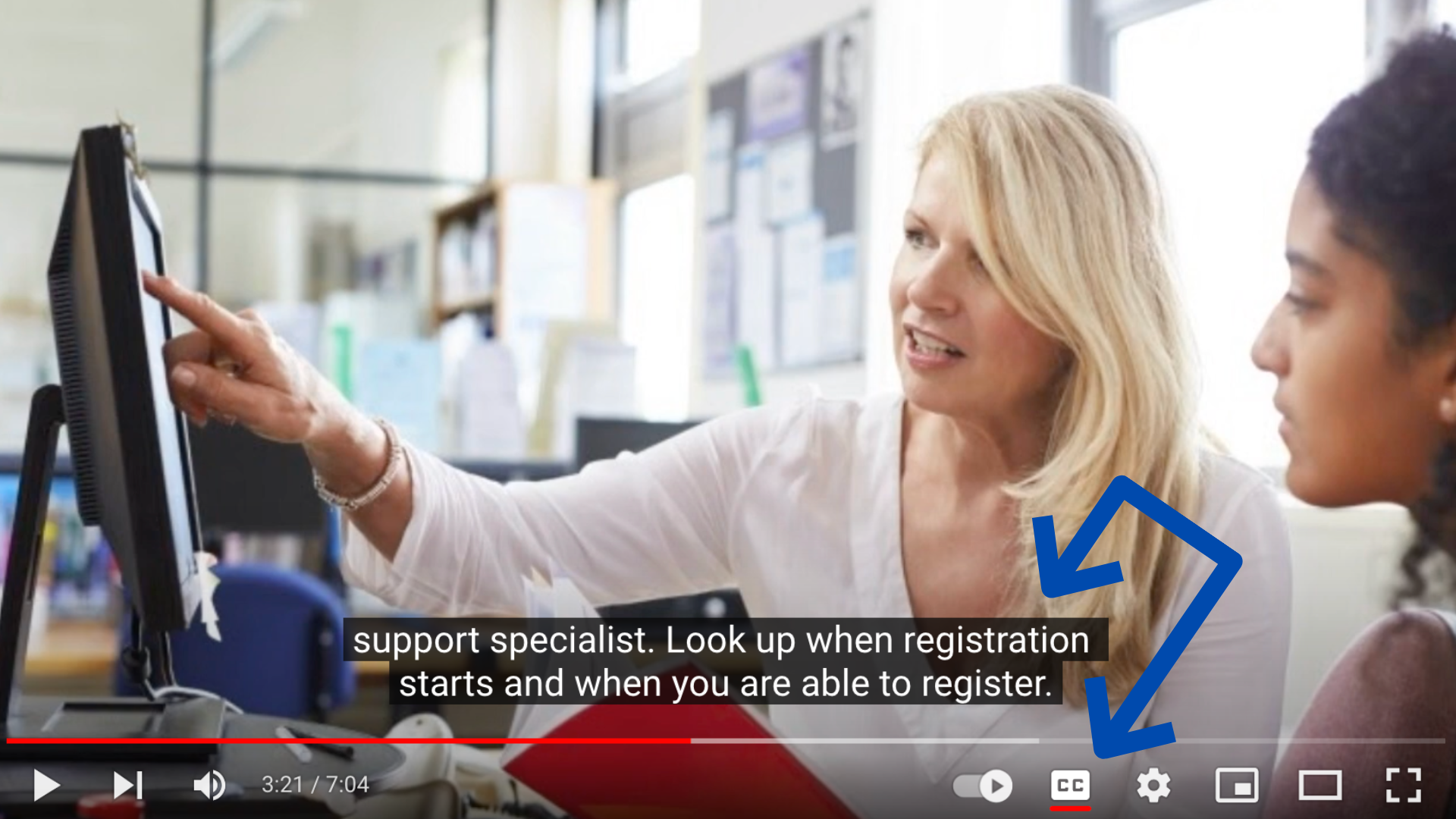Tips for captioning YouTube videos

Many of us upload videos to YouTube to share with students and colleagues. Before sharing, it is important to edit the automated captions. Correcting captions is an essential step—even for unlisted videos that will not face public scrutiny. Some viewers with hearing impairments rely on closed captions to comprehend the spoken narrative. Others simply prefer to read the captions to support their understanding of the content. You can help viewers absorb essential information and get the most from your video by editing misspellings, removing filler words, and identifying speakers.
While captions should adhere closely to the words spoken, it is acceptable to edit false starts, stutters, and verbal repetitions that can bog down the reader. The ‘clean verbatim’ approach removes these fillers. This birdlab blog post offers more on the topic: Determining Best Practice for Filler Words in Captions and Transcripts.
Need help or have feedback?
We’d love to hear what you have to say. Leave us a message so we can connect.